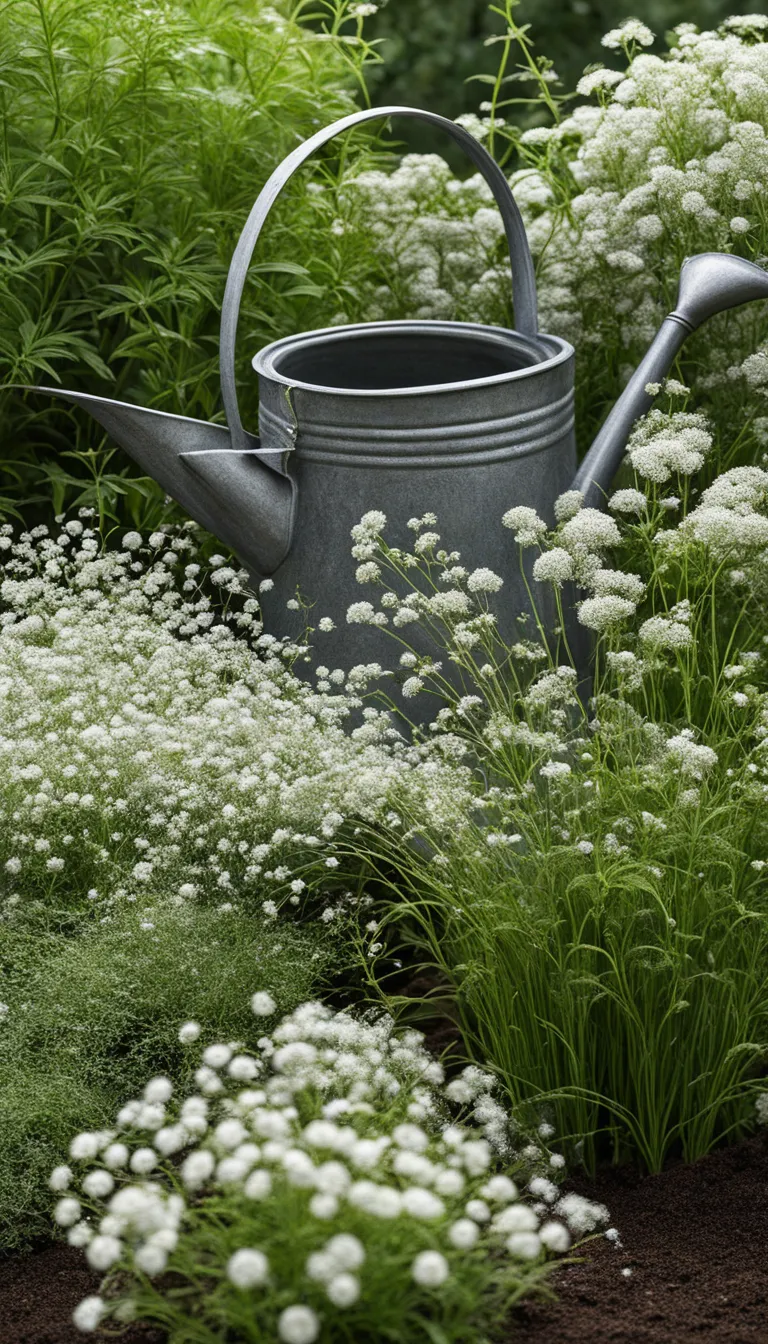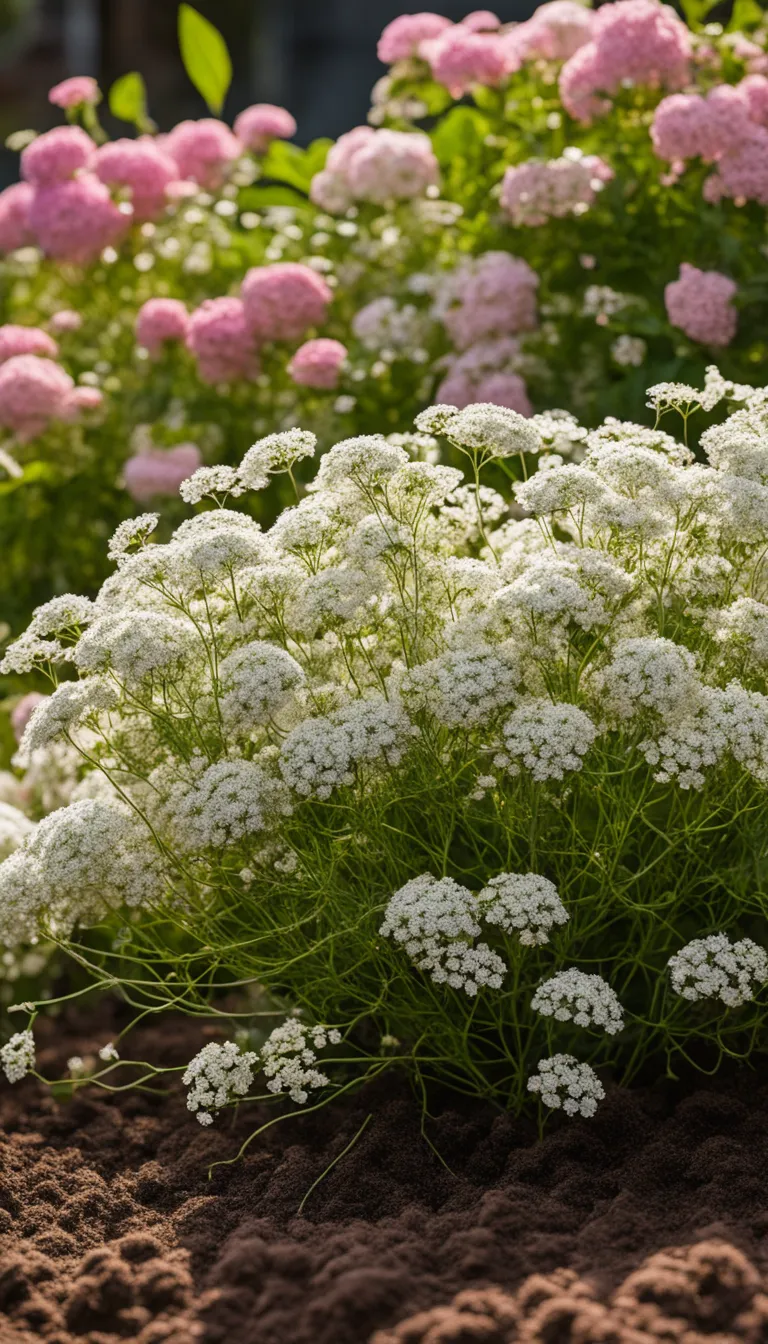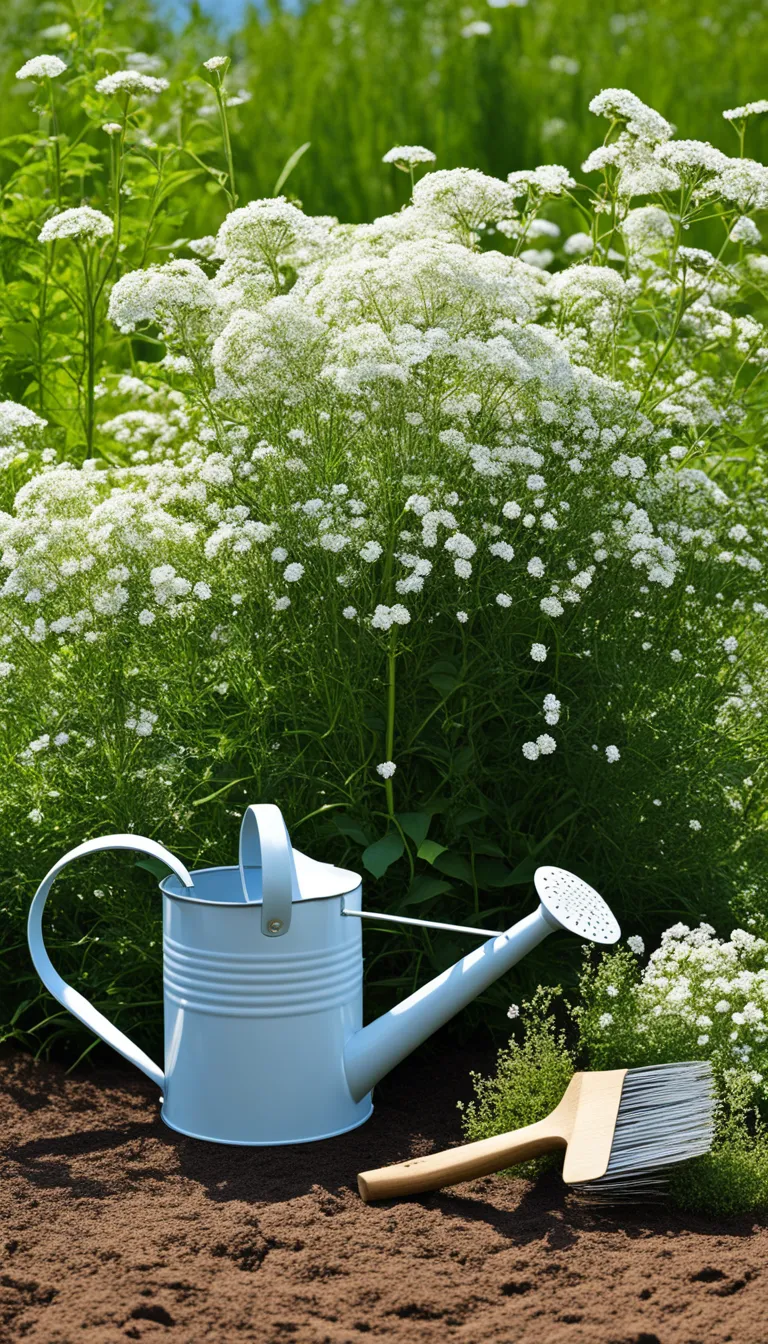Ever wondered what those delicate, cloud-like clusters in a bridal bouquet are? Meet Gypsophila, affectionately known as Baby’s Breath. This charming plant has captured the hearts of many with its ethereal beauty and symbolizes purity, innocence, and everlasting love. It’s no surprise that it’s a favorite among florists and garden enthusiasts alike. But what’s behind this explosion of dainty blossoms that seem to whisper secrets of romance and celebration?
Native to Eastern Europe and Asia, Gypsophila has a humble elegance that belies its robust nature. It’s a floral paradox—both unassuming and eye-catching, making it a versatile companion to more flamboyant flowers in arrangements. Have you ever felt that little jolt of surprise when you spot its subtle presence enhancing a bouquet’s texture? That’s the magic of Baby’s Breath—it doesn’t clamor for attention, yet its impact is undeniable.
Caring for Gypsophila is like nurturing a friendship; it requires attention and understanding. With the right amount of sunlight, well-drained soil, and occasional watering, these plants will reward you with a profusion of blooms. They are the unsung heroes of the garden, offering a backdrop that elevates other plants to stardom while they, too, stand out with their sheer number of tiny flowers.
But don’t let its delicate looks fool you. Gypsophila is not just a one-trick pony. There are several varieties, each with its own unique charm. From the compact ‘Perfecta’ to the sprawling ‘Bristol Fairy,’ there’s a type of Baby’s Breath for every garden and floral design. Gardeners and florists, are you ready to dive into the world of Gypsophila and let its grace enchant your green spaces and bouquets?

What is Gypsophila?
Gypsophila, often recognized by its charming nickname Baby’s Breath, is a genus of flowering plants in the carnation family. It’s renowned for its light, airy clouds of small, delicate blooms that can add a touch of whimsy and grace to any setting. But have you ever wondered why it’s such a beloved choice for florists and gardeners alike?
Originating from Eastern Europe and Asia, Gypsophila has a rich history that spans centuries. It’s not just its beauty that captivates; the plant is also known for its resilience and ability to thrive in various conditions. This makes it a favorite among gardeners who seek both elegance and ease of care. When it comes to weddings and special events, Gypsophila takes center stage, symbolizing purity, innocence, and lasting love—how fitting for such occasions!
But Gypsophila isn’t just for show; it’s also a practical choice. Its versatility is unmatched, making it the perfect filler for bouquets and arrangements, providing a soft contrast to more prominent flowers. It’s like the supportive friend who makes everyone else look good, don’t you think?
- Symbolism: Purity, innocence, love
- Origin: Eastern Europe, Asia
- Use: Bouquets, floral arrangements, garden plant
- Benefits: Resilient, easy to grow, versatile
In short, Gypsophila is not just a floral filler; it’s a star in its own right. With its cloud-like appearance and symbolic meanings, it’s no wonder that this plant continues to be a staple in the world of floristry. So, next time you see a sprig of Baby’s Breath, take a moment to appreciate its subtle yet explosive impact on the beauty of a bouquet.

How to Care for Gypsophila?
Have you ever wondered how to keep the ethereal beauty of Gypsophila thriving in your garden? Also known as Baby’s Breath, this plant is not just a staple of romance in wedding bouquets but also a symbol of long-lasting beauty in your backyard. Let’s dive into the essentials of Gypsophila care that will ensure your blooms are both explosive in quantity and surprisingly easy to maintain.
Firstly, location is key. Gypsophila prefers full sun, so choose a spot where it can bask in the sunshine for at least six hours a day. This plant loves well-drained soil, so consider raising your garden beds or incorporating sand if you’re dealing with heavy clay.
When it comes to watering, think moderation. Baby’s Breath doesn’t like to have wet feet, so ensure the soil is moist but never soggy. Overwatering can lead to root rot, which is the arch-nemesis of this otherwise hardy plant. Here’s a simple watering guide:
- After planting: Water generously to settle the soil around the roots.
- During growth: Water once a week or check the soil moisture level; it should be dry an inch below the surface before watering again.
- In hot weather: You may need to water more frequently, but always check the soil first.
Don’t forget about fertilization. Gypsophila is not a heavy feeder, but it does appreciate a boost. Use a balanced, all-purpose fertilizer in the spring to encourage lush growth and plentiful blooms. And here’s a pro tip: pruning is your friend. After the first bloom, cut the plant back by half to promote a second wave of flowers.
Lastly, let’s talk about pests and diseases. Keep an eye out for common issues like aphids and powdery mildew. A blast of water or an application of neem oil can manage aphids, while ensuring good air circulation and proper spacing between plants will help prevent fungal diseases.
With these care tips, your Gypsophila will be a vision of grace and charm, adding that perfect touch of whimsy to your garden. So, are you ready to give it a try? Embrace the surprise and explosion of delicate blooms that Gypsophila promises!

What are the Gypsophila Varieties?
Have you ever wondered about the different faces of the dainty Gypsophila, also known as Baby’s Breath? Well, let’s dive into the world of these ethereal blooms! Gypsophila varieties are as diverse as they are beautiful, each with its own unique charm. They range from the classic, cloud-like ‘Bristol Fairy’ to the compact ‘Pink Fairy’ with its soft blush tones.
Here are some popular Gypsophila varieties:
- Bristol Fairy: Known for its large, billowy clouds of tiny white flowers, this variety is a favorite for creating a sense of fullness in bouquets.
- Pink Fairy: This variety offers a touch of color with its delicate pink blooms, perfect for adding a subtle contrast in floral designs.
- Perfecta: Boasting large, double flowers, Perfecta is the go-to for a more pronounced and elegant look.
- Compacta: Ideal for smaller spaces, Compacta grows in a tight, neat mound, making it a great choice for border edges or as a ground cover.
- Mirabella: Mirabella is a newer variety that features slightly larger blooms and a vigorous growth habit, making it a standout in the garden.
Each of these varieties brings its own special touch to the table, whether you’re crafting a bridal bouquet or adding a sprinkle of whimsy to your garden. Isn’t it amazing how one genus of plant can explode with such variety? Now, imagine the surprise on your guests’ faces when they see these tiny blossoms come together to create an explosion of texture and elegance!





